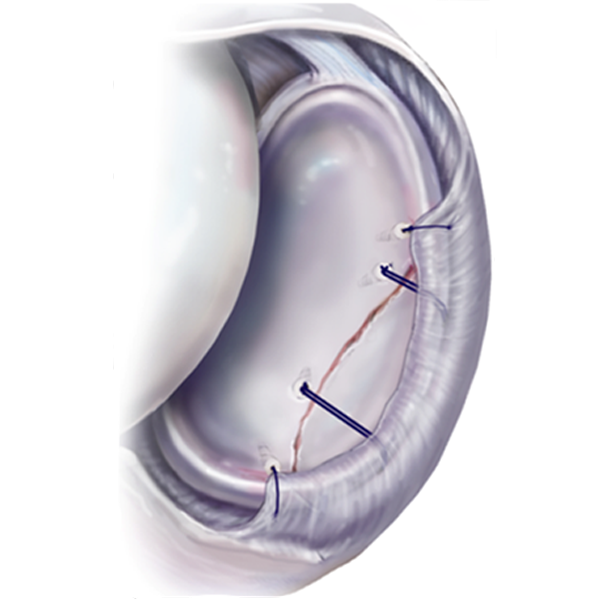
How to end the sad cycle of shoulder dislocation
How to end the sad cycle of shoulder dislocation https://bestpracticehealth.tv/wp-content/uploads/2022/12/shoulder-dislocation.png 1024 535 Best Practice Health TV Best Practice Health TV https://bestpracticehealth.tv/wp-content/uploads/2022/12/shoulder-dislocation.pngYears ago my six-foot-four, two hundred and fifty pound sixteen-year-old son came home cradling his right arm with his left. Ten minutes before curfew. He fell off his longboard onto his outstretched arm. Classic shoulder dislocation confounded by adolescent shenanigans.
A few YouTube videos later and I was able to partially reduce it. I will never forget how pale my son’s face looked as his eyes rolled back in his head during the attempted reduction. And how relieved he was when his shoulder completely reduced after he (lazily) reached his arm over his head while lying on his bed to get a pair of socks to go to the emergency room the next day.

If you think your shoulder may be dislocated, or even that it may have been dislocated and went back by itself, then you need an x-ray. My son’s x-ray clearly showed the damage to the socket where the ball of the arm bone had impacted it while out of place. But it was not over. Other than the tremendous pain and suffering, the biggest problem with shoulder dislocation is that it leads to another shoulder dislocation. And there is a good reason for that which you can see on MRI.

The labrum is a strong band of tissue that holds the ball of your shoulder in its socket and resists dislocation (images courtesy of Dr. Peter Millar, MD). Dislocation of the ball of the arm bone toward the front (anterior dislocation) inherently tears—or at least weakens — the labrum. Historically this type of tear was named after Dr. Bankart. The extent of the damage to the labrum shows up on MRI.
People have tried everything from KT tape to physical therapy and strengthening to avoid shoulder surgery. But the reality is that having a torn labrum increases your risk of having your shoulder “pop out” again. Every dislocation increases the chance of developing premature arthritis of the joint.

There is a fix.
Arthroscopic surgery to repair a torn labrum is the best way to reduce the chance of further dislocation. It is really important to find the right surgeon. The orthopedist who was on call at the hospital the night you showed up is almost certainly not the right one. What you want is a specialist.
Sports Medicine orthopedic surgeons specialize in arthroscopic surgery of the shoulder and knee. In my son’s case I found him one who was notorious for sub-sub-specializing in shoulder surgery. We are living through the end of the bad old days of shoulder surgery. Ask around and you can find people whose shoulders hurt more after the surgery than before. At least you cannot say you were never warned!
Arthroscopic labral tear repair of the Bankart Lesion is done in an ambulatory surgery center. The surgery takes 1-2 hours. You go home in a sling and follow up with your surgeon the next week. They will prescribe physical therapy to help you mobilize your shoulder when ready, and avoid a frozen shoulder.

Dr. Dan Lieberman, MD
- Posted In:
- Shoulder Pain







